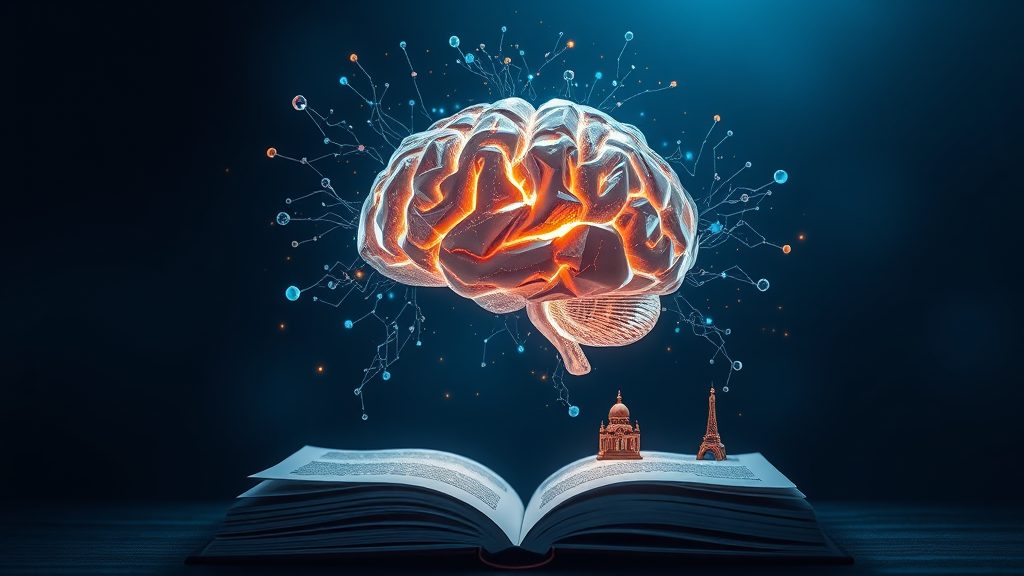
Ever found yourself cramming for a test the night before, only to forget everything the next day? You’re not alone. Whether you’re a high school student, a college freshman, or a lifelong learner, one universal challenge you face is retaining what you’ve studied. Fortunately, science offers some effective solutions. In this article, we’ll dive into seven proven memory retention techniques for students, designed to make your study sessions more efficient and your recall stronger.
Why Memory Matters in Learning
Before we explore the techniques, let’s understand why memory is such a crucial part of the learning process. Memory is how we store and retrieve information. Without it, learning would be impossible. Strengthening your memory doesn’t just help with exams — it boosts critical thinking, problem-solving, and even creativity.
1. Spaced Repetition – Make Time Your Ally
The concept behind spaced repetition is simple: reviewing information over spaced intervals helps lock it in long-term memory. Unlike cramming, which floods your brain with data only temporarily, spaced repetition teaches your brain that the information is important and should be stored over time.
How to Use It:
- Set up a review schedule: review new material after one day, then after three days, a week, and so on.
- Use a spaced repetition app like Anki or Quizlet to automate your review intervals.
This technique is especially effective for vocabulary, formulas, historical dates, and other discrete facts — common content in many student curriculums.
2. Active Recall – Train Your Brain to Retrieve
Active recall is a method where you actively try to recall information from memory rather than passively reviewing it. This technique not only challenges your brain but strengthens neural connections, making memory retrieval easier over time.
Tips for Active Recall:
- Close your book after reading a section and try to recall the main ideas.
- Use flashcards to quiz yourself — don’t just reread them.
- Teach the content to someone else as if you’re the teacher.
When it comes to memory retention techniques for students, active recall is one of the strongest tools because it forces your brain to engage deeply with the content.
3. Mnemonic Devices – Leverage Mental Shortcuts
Mnemonic devices are tricks that help you remember complex information by associating it with something simpler. These can include acronyms, rhymes, visual imagery, or associations.
Examples:
- Acronyms like HOMES to remember the Great Lakes (Huron, Ontario, Michigan, Erie, Superior).
- Rhymes like ‘i before e, except after c.’
- Visual maps like mind maps or linking facts to locations using the ‘Memory Palace’ technique.
These strategies don’t just make studying more fun — they also create more mental connections, which improves recall.
4. Chunking – Break Information into Smaller Pieces
Our brains have a limited capacity for short-term memory, typically around 7 ± 2 items. Chunking helps overcome this limit by organizing information into larger, manageable units.
How to Use Chunking Effectively:
- Group related concepts together — for example, categorize vocabulary in themes (food, travel, business) if learning a new language.
- Use bullet points or outlines to organize notes clearly.
By using chunking, students can handle more information without becoming overwhelmed, which is particularly useful in subjects with heavy content loads.
Follow our social media to get an daily update!
5. Dual Coding – Blend Visual and Verbal Forms
Dual coding is a memory retention technique that involves combining words and visuals. Research shows that when you represent information in multiple forms, like images and text, you’re more likely to remember it.
Practical Applications:
- Draw diagrams or flowcharts alongside your written notes.
- Use charts, mind maps, or infographics for complex concepts.
This method caters to visual learners and also reinforces conceptual understanding for all learning types.
6. Get Enough Sleep – Rest Is Part of the Strategy
Here’s a surprising fact: memory consolidation — the process of stabilizing a memory — mainly happens during sleep. Pulling all-nighters might seem necessary, but sacrificing sleep often reduces retention and cognitive function.
Student Sleep Tips:
- Aim for 7-9 hours of sleep each night, especially before exams.
- Avoid screen use an hour before bed to improve sleep quality.
- Use naps wisely — a 20-minute power nap can boost alertness and memory.
When discussing effective memory retention techniques for students, sleep should never be overlooked. It’s not just rest — it’s brain maintenance.
7. Stay Active and Manage Stress – The Hidden Influencers
Physical activity and mental health have a profound impact on your ability to retain information. Regular exercise increases blood flow to the brain and supports neurogenesis — the growth of new brain cells. Likewise, managing stress hormones like cortisol is key to maintaining healthy memory function.
Actionable Ideas:
- Incorporate at least 30 minutes of exercise into your daily routine.
- Practice mindfulness or meditation to reduce stress.
- Take frequent breaks during study sessions — use the Pomodoro technique for structured focus and rest cycles.
It’s easy to focus only on textbooks and notes, but your physical and emotional state play a foundational role in how well you remember what you study.
Putting It All Together
Using a variety of techniques is more effective than relying on just one. For example, combine active recall with spaced repetition and dual coding for a powerful learning trifecta. Incorporate sleep, exercise, and stress management as essential practices, not side considerations.
To recap, here are the most effective memory retention techniques for students:
- Spaced Repetition
- Active Recall
- Mnemonic Devices
- Chunking
- Dual Coding
- Sleep Optimization
- Physical Activity & Stress Management
Conclusion: Boost Your Brain, Boost Your Grades
You don’t need a photographic memory to excel in school — just smart, science-backed strategies. By incorporating these memory retention techniques for students into your daily study routine, you’ll find it easier to absorb, retain, and recall information when you need it most.
Remember, improving memory is a journey, not an overnight miracle. Start simple with one or two techniques and build your routine as you go. Your brain is more powerful than you think — it just needs the right training.



